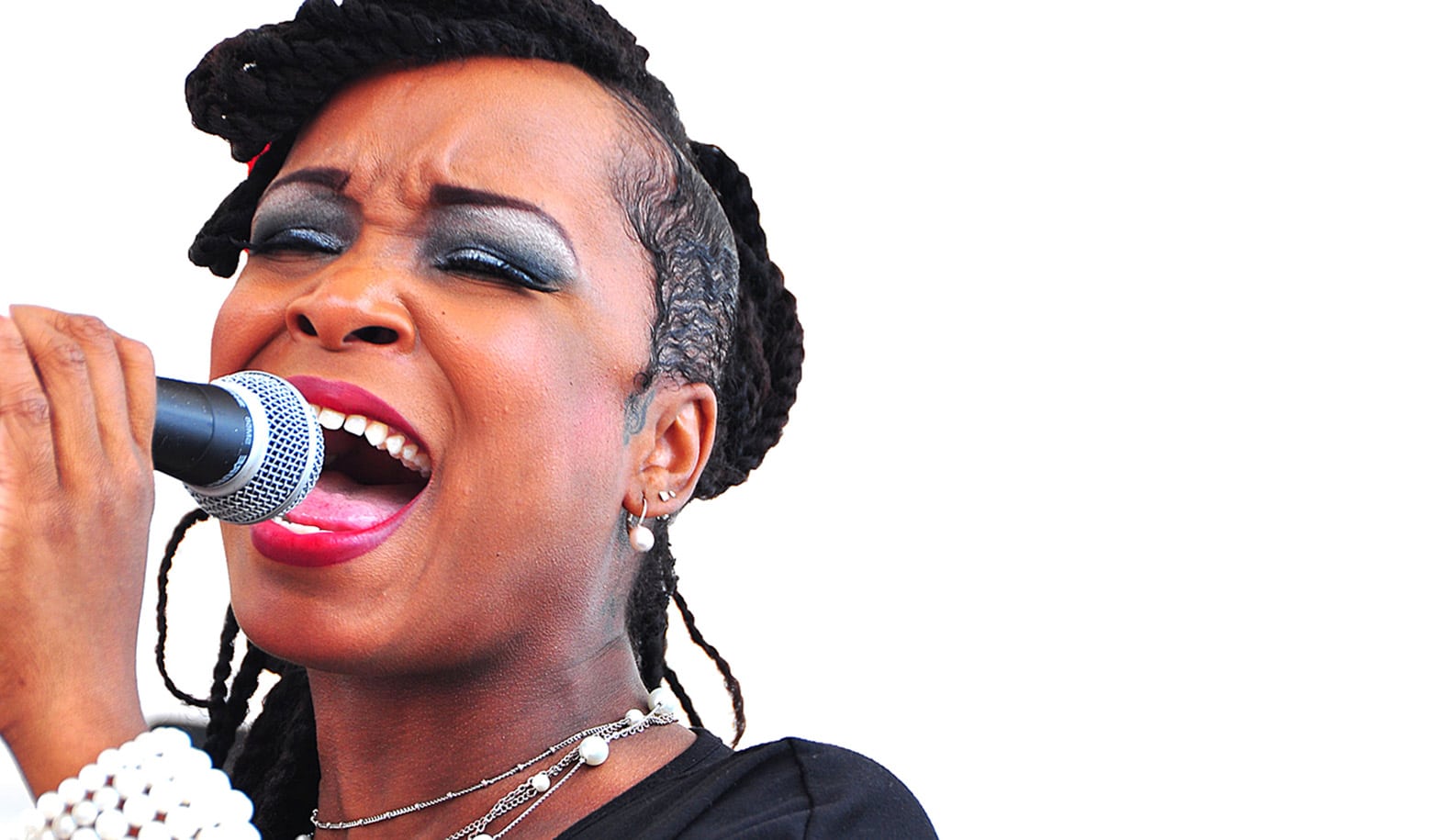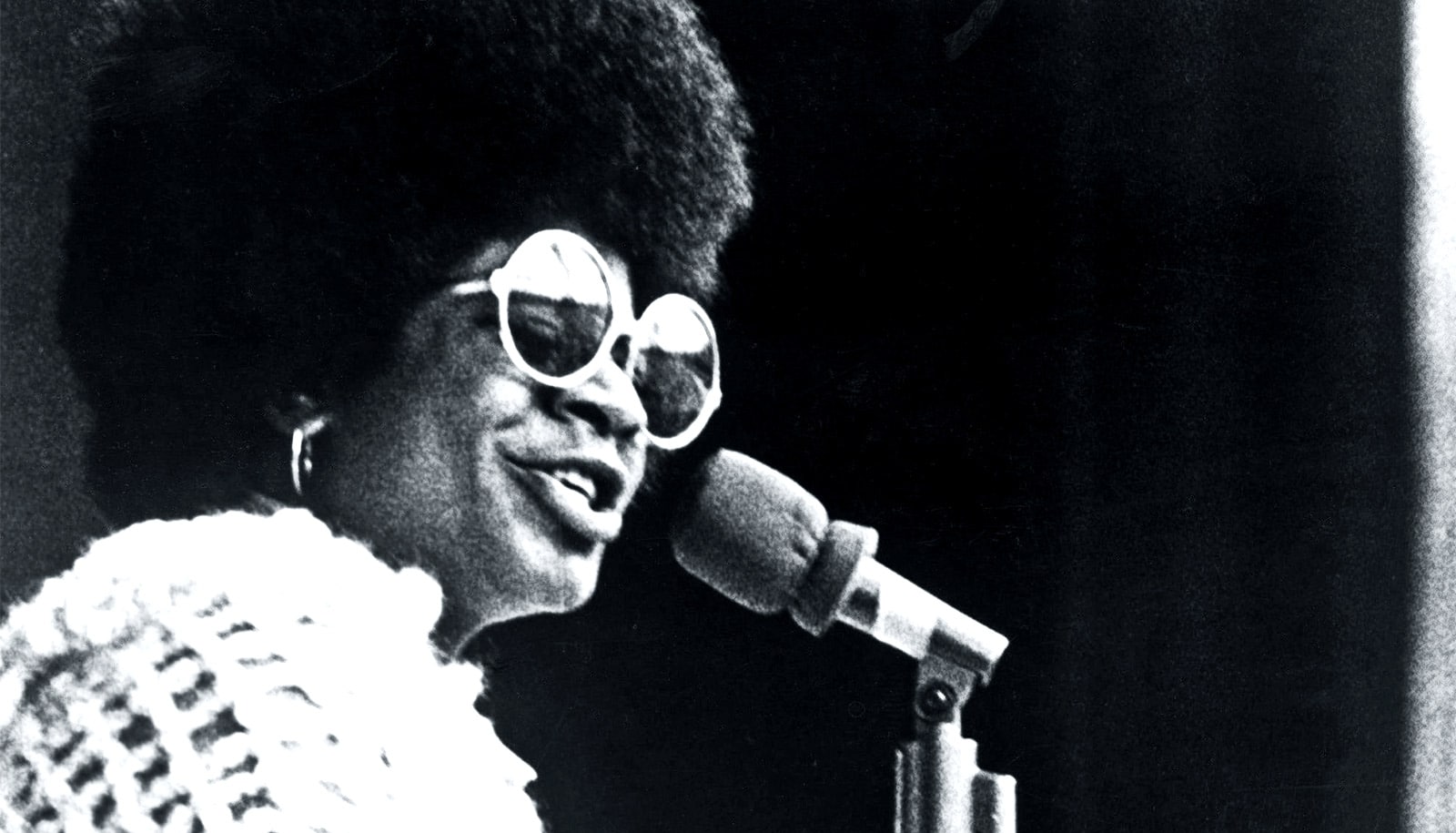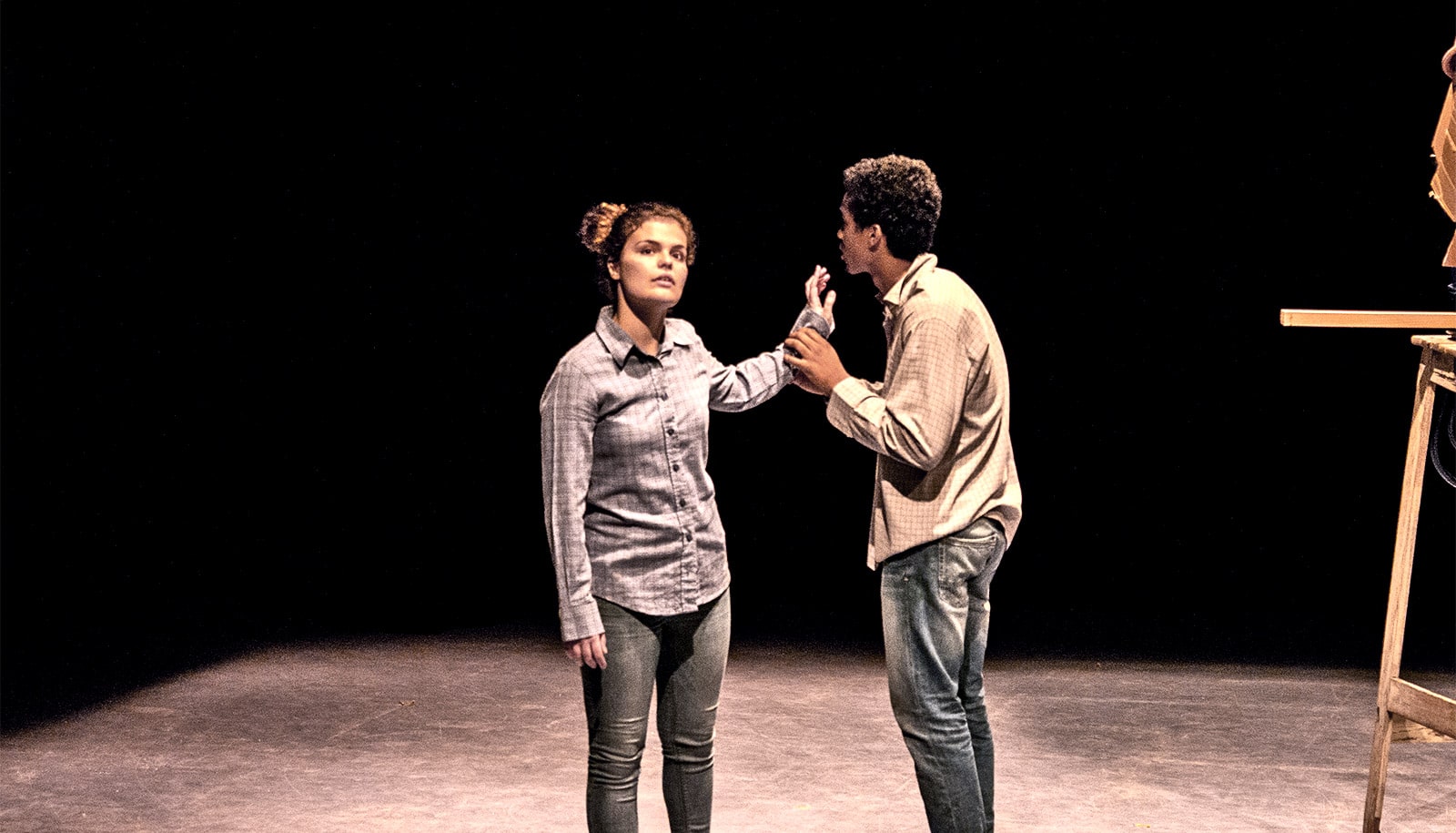Just imagining improvised performances can elicit the same flow-like states as when jazz musicians are singing, research finds.
For the study, researchers recruited 21 advanced jazz musicians and prompted them to vocalize or imagine one of the four scores from the Bebop era of jazz based on a standard 12-bar blues chordal progression while undergoing functional magnetic resonance imaging (fMRI).
The researchers then used the fMRI data to identify how a musician’s brain reconfigures connectivity depending on the degree of creativity required during jazz performances, focusing on two major brain networks: the default mode network and the executive control network.
“We estimated static functional network connectivity as jazz musicians were vocalizing, imagining, improvising, or performing pre-learned, memorized scores,” says principal investigator Victor M. Vergara, research assistant professor at Georgia State University.
Less brain interference
The work provides new insight into the minds of expert jazz musicians at work, says coauthor Martin Norgaard, associate professor in the Georgia State School of Music.
“What’s so fascinating is that we saw very similar brain patterns and activity whether they were actually scat singing or just imagining an improvised performance,” Norgaard says.
The study builds on previous research demonstrating that subjects’ brains show lower functional connectivity during musical improvisation. The new findings reveal that improvisation is associated with a state of weak connectivity to the brain’s executive control network and to a feeling of “flow,” which allows unhindered musical creation.
“The executive control network is typically active in many tasks, including solving problems. The default mode network seems to be more active when a subject is in the resting state,” says Norgaard. “We saw that when expert musicians are improvising, the brain is interfering less with their creativity.”
The new study allowed researchers to observe widespread and richer effects of connectivity, says Vince Calhoun, professor in psychology and neuroscience and founding director of the Center for Translational Research in Neuroimaging and Data Science (TReNDS), which has support from Georgia State, the Georgia Institute of Technology, and Emory University.
It is the first analysis of whole brain connectivity during vocalized and imagined real-time production of creative output.
“The brain is highly dynamic, so mapping how brain function changes over time is a much more natural way to analyze the data and capture functional patterns linked to either behavioral conditions or to resting,” Calhoun says.
More than jazz musicians
As part of the team at TReNDS center, Vergara and colleagues were able to extract signals from the brain using a non-invasive method to reduce any interference in the creative process. The team created a custom algorithm to identify the resting state networks.
“Brain imaging produces vast amounts of time-varying measurements that are difficult to parse. Pattern recognition algorithms were necessary to pinpoint the relevant brain areas involved in the creative process,” says Vergara. “We then compared the different patterns to understand the differences between performing improvisation and pre-rehearsed music.”
The study’s paradigm allows for the inclusion of expert jazz performers with many different instrument specializations, which suggests the results may be broadly applicable to all improvising musicians.
Future research could adapt the same paradigm to other activities where creation happens in real time—like in performing freestyle rap or spoken-word poetry and even playing sports—potentially identifying common threads in the creative process inside the human brain.
“Now there are more specific questions we can consider, like what changes are happening in the brain while someone improvises or which different networks are involved,” says Norgaard. “That’s called dynamic connectivity, and that’s what we’re hoping to research next.”
The study appears in the journal Scientific Reports.
Source: Georgia State University



